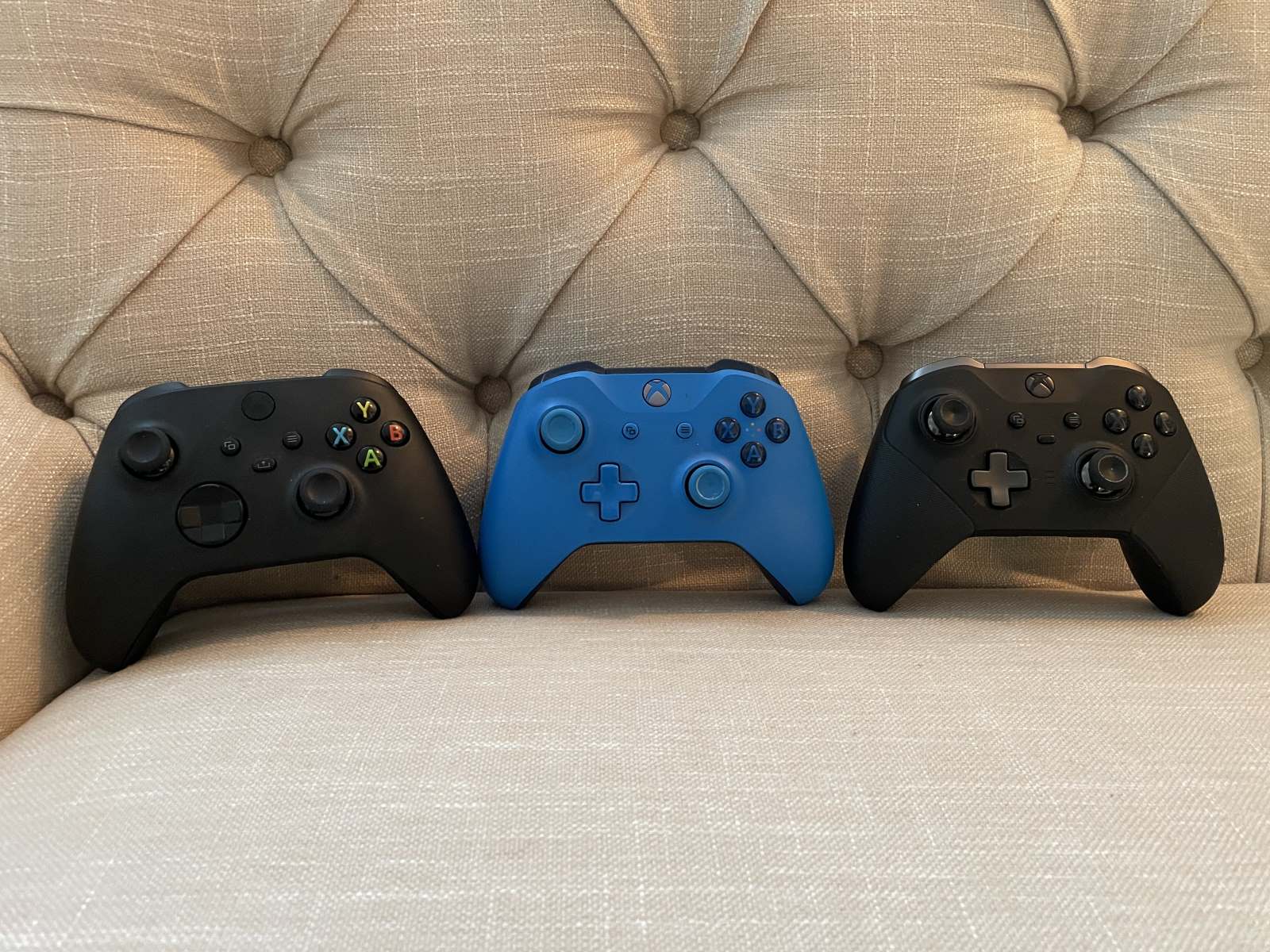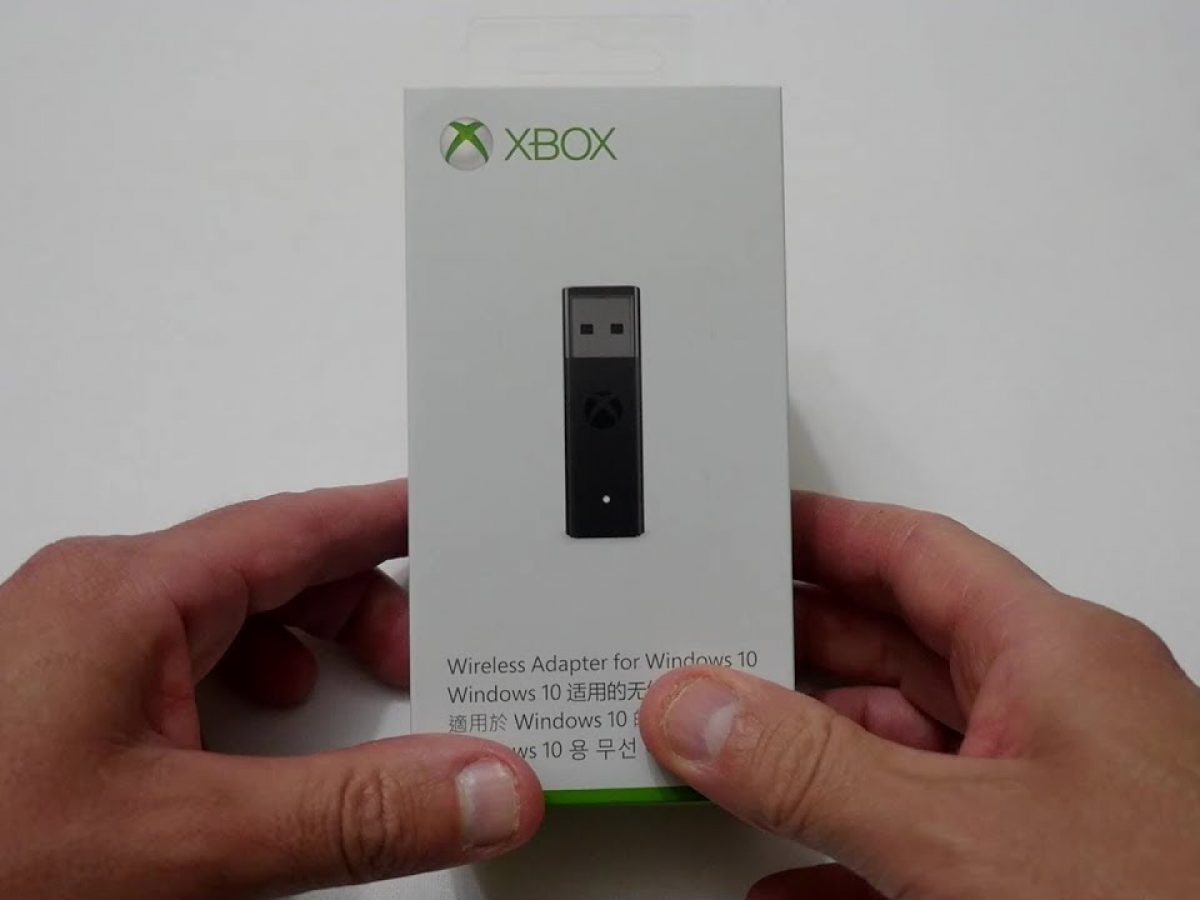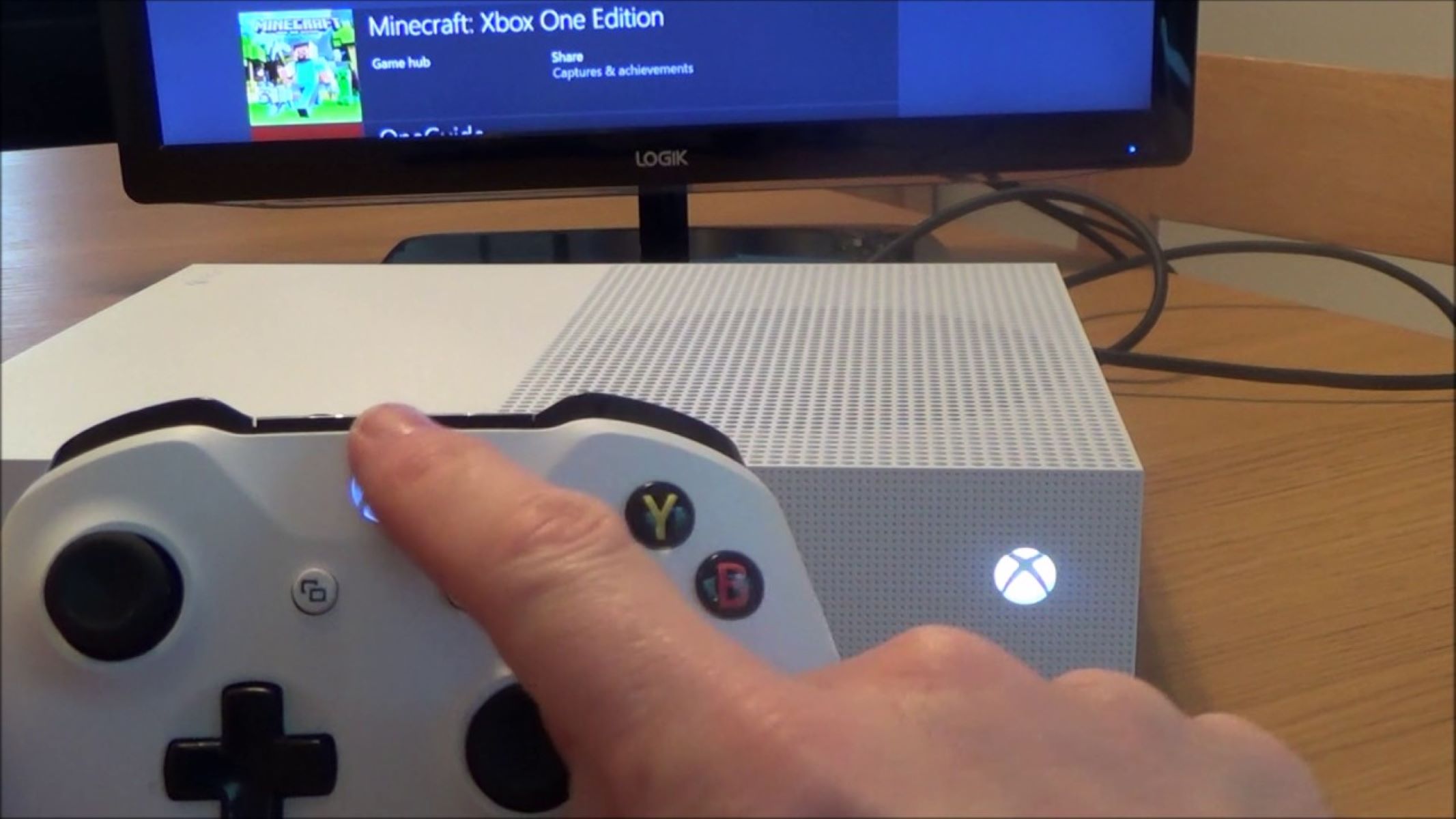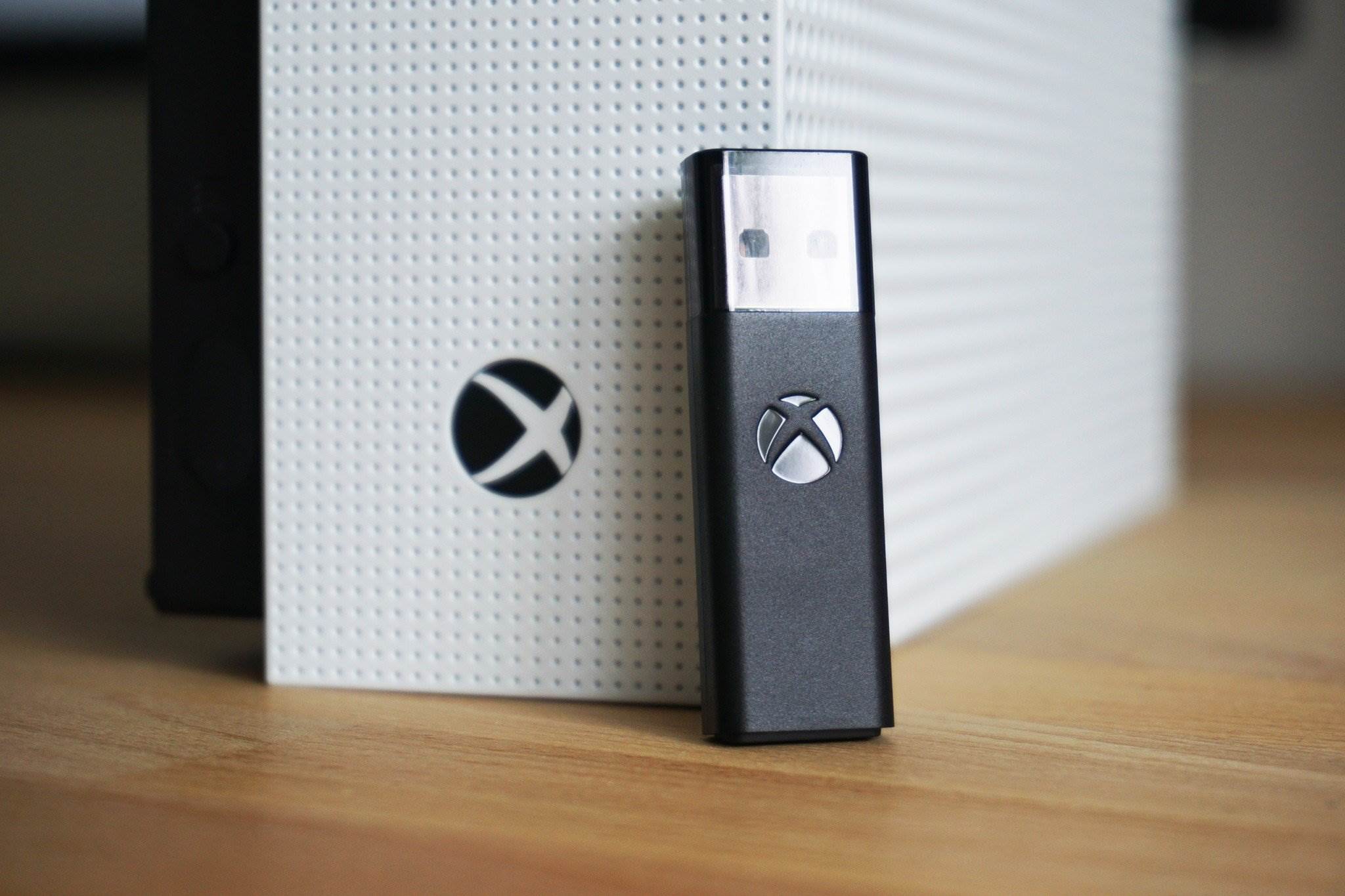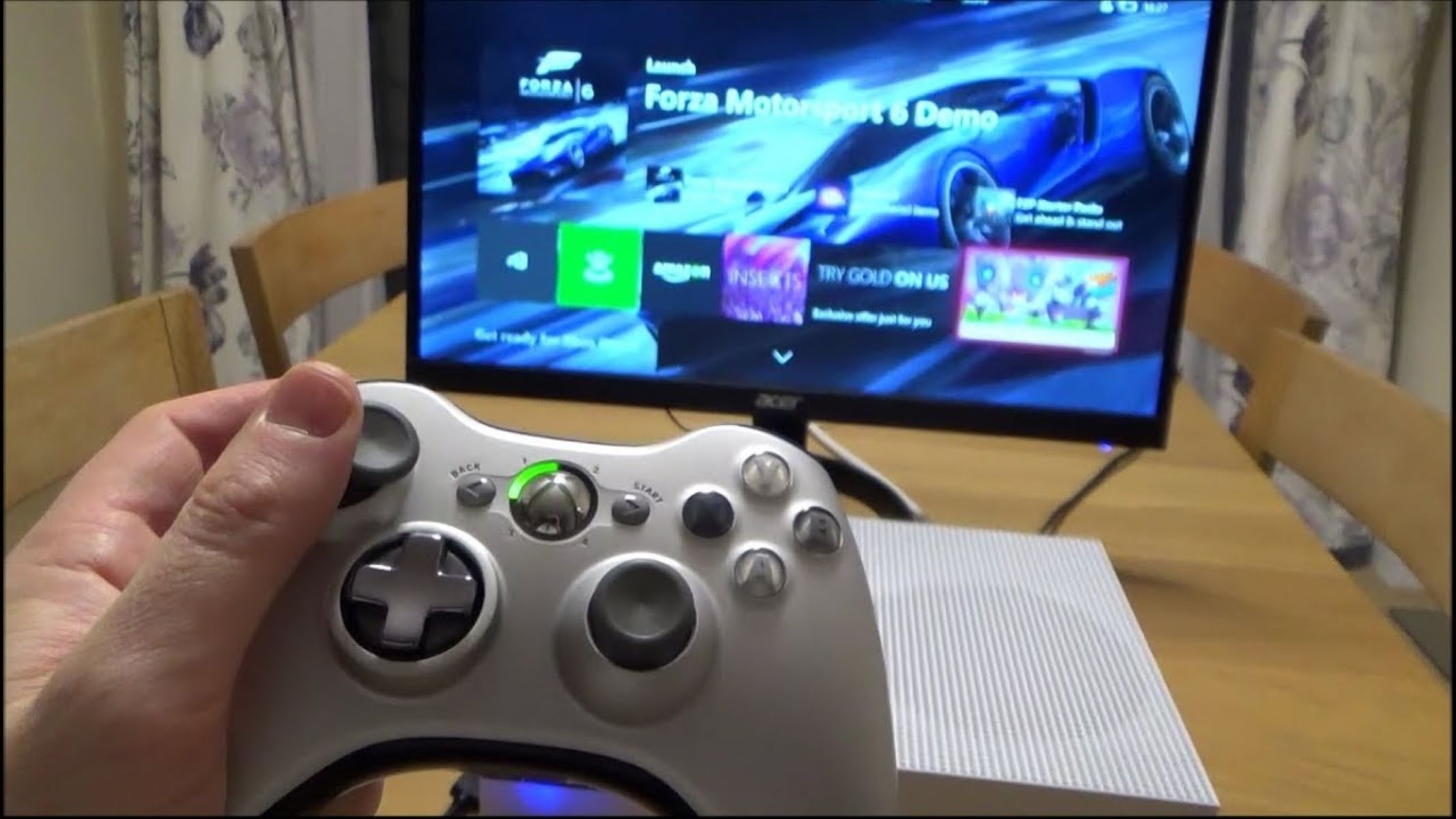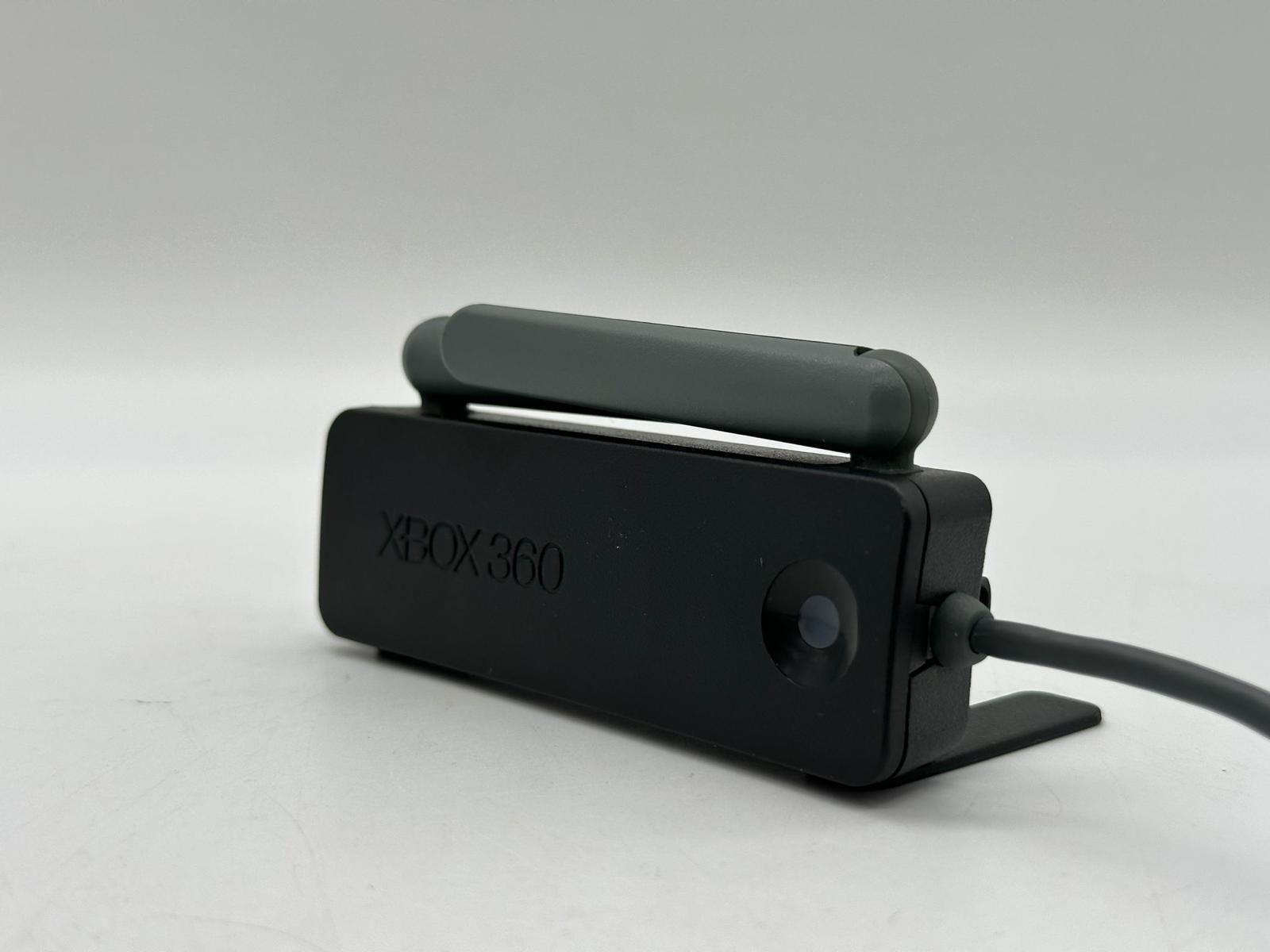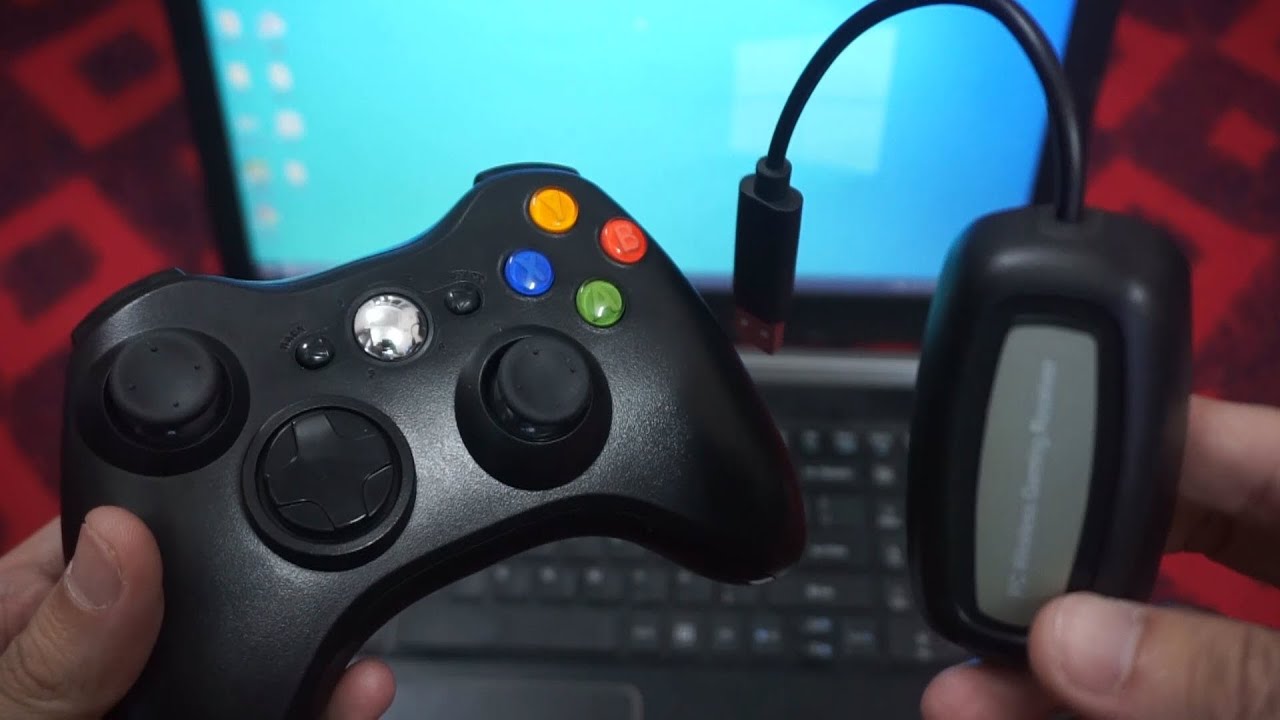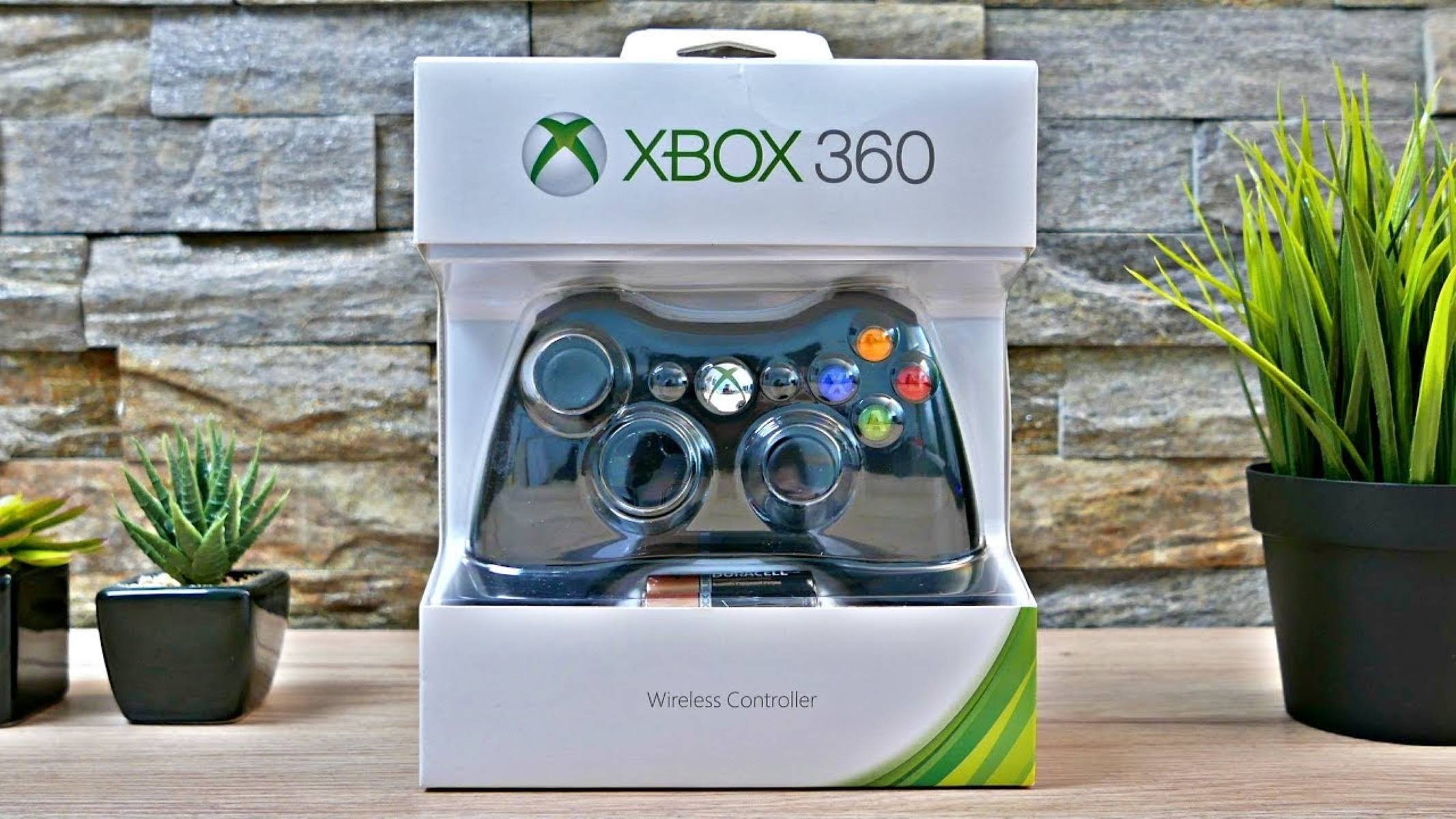Introduction
Are you an avid gamer looking to enhance your PC gaming experience with a wireless Xbox game controller? Look no further! This comprehensive guide will walk you through the process of setting up your wireless Xbox game controller to work seamlessly with your PC. Whether you're delving into the latest action-packed adventure or engaging in intense multiplayer battles, having a reliable and responsive controller can make all the difference in your gaming performance.
The popularity of the Xbox game controller is undeniable, and its compatibility with PCs has made it a go-to choice for gamers seeking a familiar and ergonomic control interface. With the rise of gaming platforms and the increasing number of titles available for PC, the demand for a seamless integration between Xbox controllers and computers has never been higher. Fortunately, setting up a wireless Xbox game controller with your PC is a straightforward process that can significantly elevate your gaming experience.
In this guide, we will cover everything you need to know to successfully connect and configure your wireless Xbox game controller with your PC. We will start by checking the compatibility of your controller and PC, followed by the step-by-step process of connecting the controller to your computer. Additionally, we will delve into the installation of essential drivers and the configuration of the controller settings to ensure optimal performance. Moreover, we will address common troubleshooting issues that may arise and provide effective solutions to overcome them.
By the end of this guide, you will have the knowledge and confidence to seamlessly integrate your wireless Xbox game controller with your PC, allowing you to immerse yourself in an unparalleled gaming experience. So, let's embark on this exciting journey to unlock the full potential of your gaming setup!
Checking Compatibility
Before diving into the process of connecting your wireless Xbox game controller to your PC, it is crucial to ensure that both your controller and computer are compatible. The compatibility of the controller and PC will determine the ease of integration and the overall performance of the controller. Here are the essential steps to check the compatibility:
- Controller Model: Identify the model of your wireless Xbox game controller. While most wireless Xbox controllers are compatible with PCs, it is essential to verify the specific model to determine its compatibility with your computer’s operating system.
- PC Operating System: Check the operating system of your PC. Whether you are using Windows 10, Windows 8, or Windows 7, it is important to ensure that your operating system supports the wireless Xbox game controller. Additionally, if you are using a different operating system, such as macOS, you may need to explore alternative methods for controller integration.
- Wireless Adapter: If you are using the Xbox Wireless Controller, ensure that your PC has a compatible wireless adapter. The Xbox Wireless Adapter for Windows is designed to facilitate seamless connectivity between the controller and your PC. If you do not have the official wireless adapter, alternative Bluetooth adapters may be used, but compatibility and performance may vary.
- Driver Support: Check for driver support for the wireless Xbox game controller on your PC’s operating system. Windows operating systems typically have built-in driver support for Xbox controllers, but it is advisable to ensure that the necessary drivers are up to date to guarantee optimal functionality.
By meticulously examining the compatibility between your wireless Xbox game controller and your PC, you can preemptively address any potential compatibility issues and streamline the integration process. Once you have confirmed the compatibility, you can confidently proceed to the next steps of connecting and configuring your controller with your PC.
Connecting the Controller
Now that you have verified the compatibility of your wireless Xbox game controller and your PC, it’s time to establish a seamless connection between the two devices. The process of connecting the controller involves utilizing the appropriate hardware and initiating the pairing procedure. Here’s a step-by-step guide to connecting your wireless Xbox game controller to your PC:
- Power On the Controller: Begin by powering on your wireless Xbox game controller. Press the Xbox button located at the center of the controller to turn it on. Ensure that the controller has sufficient battery power to sustain the connection process.
- Activate Pairing Mode: If you are using the Xbox Wireless Controller, press and hold the pairing button located at the top of the controller until the Xbox button begins to flash. This indicates that the controller is in pairing mode, ready to establish a connection with your PC.
- Enable Bluetooth or Wireless Connectivity on Your PC: If you are using the official Xbox Wireless Adapter for Windows, ensure that it is plugged into a USB port on your PC. If you are using Bluetooth connectivity, activate Bluetooth on your PC and ensure that it is discoverable.
- Pair the Controller: On your PC, navigate to the Bluetooth or wireless devices settings. Locate the wireless Xbox game controller in the list of available devices and initiate the pairing process. Follow any on-screen prompts to complete the pairing procedure.
- Confirmation of Connection: Once the pairing process is successful, the Xbox button on the controller will remain solid, indicating that it is now connected to your PC. You can now use your wireless Xbox game controller to navigate your PC and enjoy an immersive gaming experience.
By following these steps, you can seamlessly connect your wireless Xbox game controller to your PC, paving the way for an enhanced gaming experience with the versatility and comfort of a familiar controller interface. With the connection established, you are now ready to proceed with the installation of any required drivers and the configuration of the controller settings to optimize its performance on your PC.
Installing Drivers
Once your wireless Xbox game controller is successfully connected to your PC, it is essential to ensure that the necessary drivers are installed to facilitate seamless communication and functionality. While Windows operating systems typically include built-in driver support for Xbox controllers, it is advisable to verify the status of the drivers and update them if required. Here’s a guide to installing and updating drivers for your wireless Xbox game controller:
- Automatic Driver Installation: In many cases, Windows will automatically install the required drivers for the wireless Xbox game controller once it is connected. This process may occur in the background, and you may receive a notification once the installation is complete. Verify that the controller is functioning as expected after the automatic installation.
- Manual Driver Installation: If the automatic driver installation does not occur or if you encounter any issues with the controller’s functionality, you can manually install the drivers. Visit the official Microsoft website or the support page for your specific controller model to download the latest drivers for your operating system.
- Driver Update via Device Manager: Alternatively, you can update the controller drivers through the Device Manager on your PC. Right-click on the Start menu and select “Device Manager.” Locate the wireless Xbox game controller under the “Xbox Peripherals” or “Human Interface Devices” category. Right-click on the controller, select “Update driver,” and follow the on-screen instructions to search for and install updated drivers.
- Verification of Driver Installation: After installing or updating the drivers, verify that the wireless Xbox game controller is functioning correctly. Test its responsiveness and functionality in various applications and games to ensure that the drivers have been successfully installed and are optimizing the controller’s performance.
By ensuring that the appropriate drivers are installed and up to date, you can maximize the potential of your wireless Xbox game controller, leveraging its full range of features and capabilities on your PC. The installation and maintenance of drivers play a crucial role in guaranteeing a seamless and immersive gaming experience, allowing you to fully harness the advantages of integrating the wireless Xbox game controller with your PC.
Configuring the Controller
After establishing the connection and ensuring the installation of drivers for your wireless Xbox game controller, it’s time to fine-tune its settings to suit your gaming preferences and optimize its performance on your PC. The configuration process involves customizing button mapping, adjusting sensitivity, and exploring additional features to enhance your gaming experience. Here’s a comprehensive guide to configuring your wireless Xbox game controller:
- Button Mapping: Depending on the game or application you are using, you may want to customize the button mapping to align with your preferred control scheme. Many modern games offer in-game options to remap controller buttons, allowing you to tailor the controls to your liking. Additionally, you can explore third-party software that provides advanced button mapping and customization features for your controller.
- Sensitivity and Dead Zones: Some games and genres may benefit from adjusting the sensitivity and dead zones of the controller’s analog sticks and triggers. Fine-tuning these settings can enhance precision and responsiveness, particularly in first-person shooters, racing games, and other genres that rely heavily on precise control inputs.
- Additional Software: Consider exploring the official Xbox Accessories app, available on the Microsoft Store, to access advanced configuration options for your wireless Xbox game controller. The app provides features such as button mapping, profile creation, and firmware updates, allowing you to tailor the controller settings to your specific gaming needs.
- Profile Creation: If you frequently switch between different games or gaming styles, creating custom profiles for your controller can streamline the configuration process. Utilize the available software and features to save and switch between profiles, ensuring that your controller settings are optimized for each gaming experience.
By delving into the configuration options for your wireless Xbox game controller, you can personalize your gaming setup to align with your unique playstyle and preferences. The ability to fine-tune button mapping, sensitivity, and additional features empowers you to harness the full potential of your controller, providing a tailored and immersive gaming experience on your PC.
Troubleshooting
While setting up a wireless Xbox game controller with your PC is generally a straightforward process, you may encounter occasional issues that can impede the seamless functionality of the controller. Understanding common troubleshooting steps and solutions can help address these issues effectively, ensuring that you can enjoy uninterrupted gaming experiences. Here are some common troubleshooting scenarios and their respective solutions:
- Connection Issues: If your wireless Xbox game controller fails to connect to your PC, ensure that the controller is within range of the wireless adapter or Bluetooth connection. Additionally, check for potential interference from other wireless devices and verify that the controller’s batteries are sufficiently charged.
- Driver Problems: Should you encounter driver-related issues, such as the controller not being recognized or failing to function as expected, consider reinstalling the controller drivers. Ensure that you are using the latest drivers compatible with your operating system and update them if necessary.
- Bluetooth Connectivity: When using Bluetooth to connect your controller, ensure that your PC’s Bluetooth drivers are up to date. Additionally, verify that your PC’s Bluetooth settings are configured to allow the discovery and pairing of new devices.
- Interference and Latency: If you experience input lag or inconsistent responsiveness, consider minimizing potential sources of wireless interference, such as other electronic devices or wireless networks. Additionally, ensure that the wireless adapter or Bluetooth connection is not obstructed and is in close proximity to the controller.
- Controller Calibration: In some cases, recalibrating the controller through the Windows settings or third-party calibration tools can resolve issues related to input accuracy and responsiveness. Follow the calibration procedures provided by the operating system or the controller’s accompanying software.
By familiarizing yourself with these troubleshooting strategies, you can effectively address common issues that may arise when integrating your wireless Xbox game controller with your PC. These solutions empower you to overcome connectivity, driver, and performance-related challenges, ensuring that your gaming setup remains reliable and optimized for immersive gameplay experiences.
Conclusion
Congratulations! You have successfully navigated the process of integrating a wireless Xbox game controller with your PC, unlocking a world of immersive gaming experiences and unparalleled control. By following the steps outlined in this guide, you have gained the knowledge and confidence to seamlessly connect, configure, and troubleshoot your wireless Xbox game controller, elevating your gaming setup to new heights.
From checking the compatibility of your controller and PC to establishing a reliable connection and optimizing the controller’s settings, you have embarked on a journey that empowers you to tailor your gaming experience to your unique preferences. Whether you’re delving into intense multiplayer battles, exploring expansive open worlds, or engaging in competitive esports, the versatility and comfort of a wireless Xbox game controller enhance every gaming moment.
As you continue to explore the vast landscape of PC gaming, remember that the integration of a wireless Xbox game controller opens doors to a myriad of gaming genres, each offering a distinct and captivating experience. The seamless connectivity and customization options provided by the controller enable you to dive into games with precision, responsiveness, and a familiar control interface.
Should you encounter challenges along the way, the troubleshooting strategies outlined in this guide serve as valuable resources to overcome connectivity issues, driver-related concerns, and performance optimizations. By leveraging these solutions, you can maintain a reliable and optimized gaming setup that consistently delivers exceptional experiences.
As you embark on your gaming adventures, remember that the integration of a wireless Xbox game controller with your PC is a testament to the ever-evolving landscape of gaming technology, offering seamless compatibility and a gateway to immersive gameplay. Embrace the freedom and flexibility that comes with a wireless controller, and immerse yourself in the captivating worlds that await your exploration.
With your wireless Xbox game controller seamlessly integrated with your PC, you are poised to embark on unforgettable gaming experiences, empowered by the seamless connectivity, precision control, and personalized configurations at your fingertips. Embrace the possibilities, and let the immersive world of PC gaming unfold before you with every press of a button.







